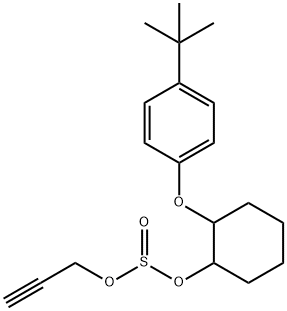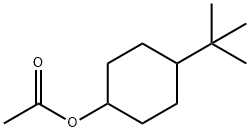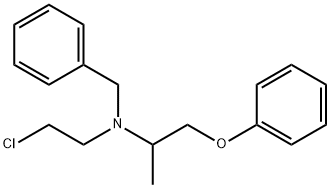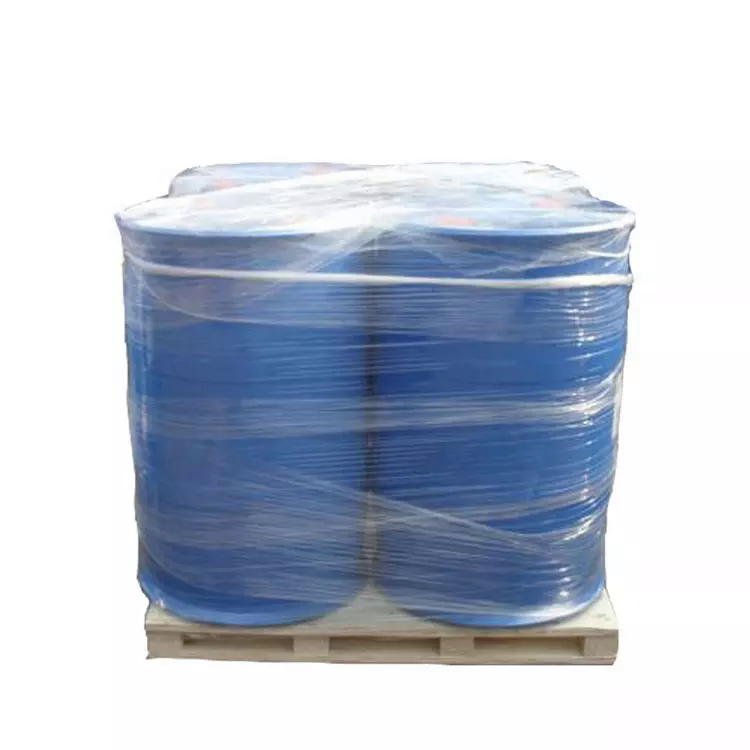Propargite
Synonym(s):2-(4-tert-Butylphenoxy)cyclohexyl 2-propynyl sulfite
- CAS NO.:2312-35-8
- Empirical Formula: C19H26O4S
- Molecular Weight: 350.47
- MDL number: MFCD00072448
- EINECS: 219-006-1
- SAFETY DATA SHEET (SDS)
- Update Date: 2024-12-18 14:08:52

What is Propargite?
Description
The pesticide omite pricipally acts as an irritant. Contact dermatitis was reported in 40 of 47 agricultural workers using it.
Chemical properties
Insoluble in water.
The Uses of Propargite
Propargite is a pesticide used to control mite and is used on various crops from cotton to corn.
The Uses of Propargite
Acaricide for fruits, vegetables, row crops.
Definition
ChEBI: Propargite is a sulfite ester and a terminal acetylenic compound. It has a role as a sulfite ester acaricide.
General Description
Propargite is a dark colored liquid. Propargite is a wettable powder or water emulsifiable liquid. Propargite can cause illness by inhalation, skin absorption and/or ingestion. The primary hazard is the threat to the environment. Immediate steps should be taken to limit its spread to the environment. Since Propargite is a liquid Propargite can easily penetrate the soil and contaminate groundwater and nearby streams. Propargite is used as a pesticide. Practically insoluble in water (10.5 mg/L). Used as an acaricide.
Air & Water Reactions
Practically insoluble in water (10.5 mg/L). Slowly reacts with water to form sulfur dioxide and alcohols; reaction is more rapid under basic or acidic conditions.
Reactivity Profile
Propargite is a sulfite ester. As an ester, Propargite will hydrolyze to form sulfur dioxide and alcohols; reaction is more rapid under basic conditions. Propargite may react exothermically with acids to generate alcohols. Heat will be generated by interaction with basic or caustic solutions. Flammable hydrogen is generated by mixing with alkali metals and hydrides.
Health Hazard
INHALATION: Irritation of mucous membranes. EYES: Irritation, may be severe. SKIN: Irritation.
Flammability and Explosibility
Non flammable
Agricultural Uses
Miticide and acaricide: Pending for use in EU countries. A U.S. EPA restricted Use Pesticide (RUP). Used on a variety of bearing and non-bearing food crops and non-food sites. Grapes, walnuts, almonds, nectarines and mint are the most treated crops. Other crops include alfalfa, avocados, beans, boysenberries, carrots, cherries, citrus, corn, currants, dates, filberts, grapefruit, jojoba, grapes, hops, peanuts, sugar beets, cotton and ornamentals.
Trade name
COMITE II®; COMITE® AGRICULTURAL MITICIDE; D-014®; DIBROM OMITE®; DICTATOR®; NAUGATUCK® D-014; OMAIT®; OMITE®; OMITE® 570EW; RED-TOP®[C]; UNIROYAL® D-014; U.S. RUBBER D-014®
Contact allergens
The pesticide omite principally acts as an irritant. Contact dermatitis was reported in 40 of 47 agricultural workers using Omite?.
Safety Profile
Poison by skin contact. Moderately toxic by ingestion. When heated to decomposition it emits toxic fumes of SOx. See also ESTERS and SULFUROUS ACID.
Properties of Propargite
| Melting point: | <25 °C |
| Boiling point: | 454.45°C (rough estimate) |
| Density | 1.1604 (rough estimate) |
| vapor pressure | 0Pa at 20℃ |
| refractive index | 1.5220 (estimate) |
| Flash point: | 71 °C |
| storage temp. | Sealed in dry,2-8°C |
| solubility | Chloroform (Slightly), Hexane (Slightly) |
| form | Viscous Liquid |
| color | Dark/light brown |
| Water Solubility | 215μg/L at 20℃ |
| Merck | 13,7900 |
| BRN | 6934289 |
| CAS DataBase Reference | 2312-35-8(CAS DataBase Reference) |
| NIST Chemistry Reference | Propargite(2312-35-8) |
| EPA Substance Registry System | Propargite (2312-35-8) |
Safety information for Propargite
| Signal word | Danger |
| Pictogram(s) |
 Corrosion Corrosives GHS05  Skull and Crossbones Acute Toxicity GHS06  Health Hazard GHS08  Environment GHS09 |
| GHS Hazard Statements |
H315:Skin corrosion/irritation H318:Serious eye damage/eye irritation H330:Acute toxicity,inhalation H351:Carcinogenicity H410:Hazardous to the aquatic environment, long-term hazard |
| Precautionary Statement Codes |
P202:Do not handle until all safety precautions have been read and understood. P273:Avoid release to the environment. P280:Wear protective gloves/protective clothing/eye protection/face protection. P302+P352:IF ON SKIN: wash with plenty of soap and water. P305+P351+P338:IF IN EYES: Rinse cautiously with water for several minutes. Remove contact lenses, if present and easy to do. Continuerinsing. |
Computed Descriptors for Propargite
Propargite manufacturer
New Products
(S)-3-Aminobutanenitrile hydrochloride 4-Methylphenylacetic acid N-Boc-D-alaninol N-BOC-D/L-ALANINOL Tert-butyl bis(2-chloroethyl)carbamate 3-Morpholino-1-(4-nitrophenyl)-5,6-dihydropyridin- 2(1H)-one Furan-2,5-Dicarboxylic Acid Tropic acid 1-Bromo-3,5-Di-Tert-Butylbenzene S-2-CHLORO PROPIONIC ACID ETHYL ISOCYANOACETATE 2-Bromo-1,3-Bis(Dimethylamino)Trimethinium Hexafluorophosphate 4-IODO BENZOIC ACID 3-NITRO-2-METHYL ANILINE 1-(2,4-DICHLOROPHENYL) ETHANAMINE (2-Hydroxyphenyl)acetonitrile 4-Bromopyrazole 2-(Cyanocyclohexyl)acetic acid 4-methoxy-3,5-dinitropyridine 1-(4-(aminomethyl)benzyl)urea hydrochloride 2-aminopropyl benzoate hydrochloride diethyl 2-(2-((tertbutoxycarbonyl)amino) ethyl)malonate tert-butyl 4- (ureidomethyl)benzylcarbamate Ethyl-2-chloro((4-methoxyphenyl)hydrazono)acetateRelated products of tetrahydrofuran








You may like
-
 2312-35-8 Propargite 99%View Details
2312-35-8 Propargite 99%View Details
2312-35-8 -
 2312-35-8 98%View Details
2312-35-8 98%View Details
2312-35-8 -
 Propargite CAS 2312-35-8View Details
Propargite CAS 2312-35-8View Details
2312-35-8 -
 1975-50-4 98%View Details
1975-50-4 98%View Details
1975-50-4 -
 2-HYDROXY BENZYL ALCOHOL 98%View Details
2-HYDROXY BENZYL ALCOHOL 98%View Details
90-01-7 -
 2-Chloro-1,3-Bis(Dimethylamino)Trimethinium Hexafluorophosphate 221615-75-4 98%View Details
2-Chloro-1,3-Bis(Dimethylamino)Trimethinium Hexafluorophosphate 221615-75-4 98%View Details
221615-75-4 -
 14714-50-2 (2-Hydroxyphenyl)acetonitrile 98+View Details
14714-50-2 (2-Hydroxyphenyl)acetonitrile 98+View Details
14714-50-2 -
 118753-70-1 98+View Details
118753-70-1 98+View Details
118753-70-1